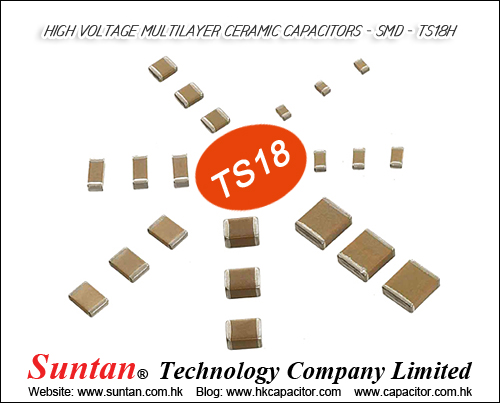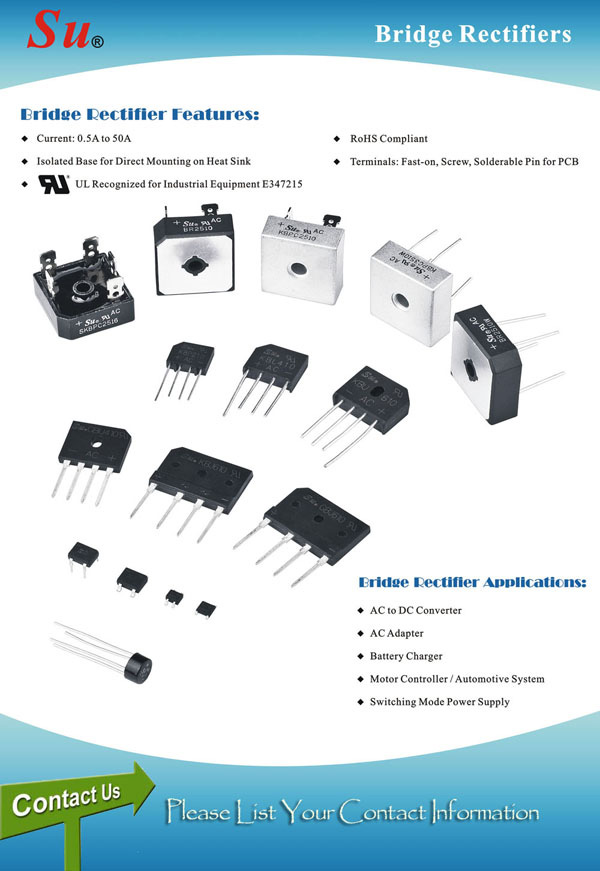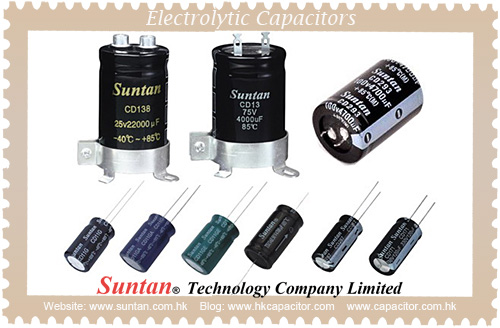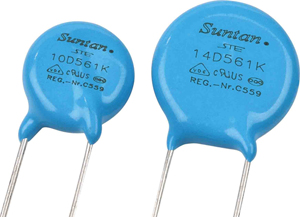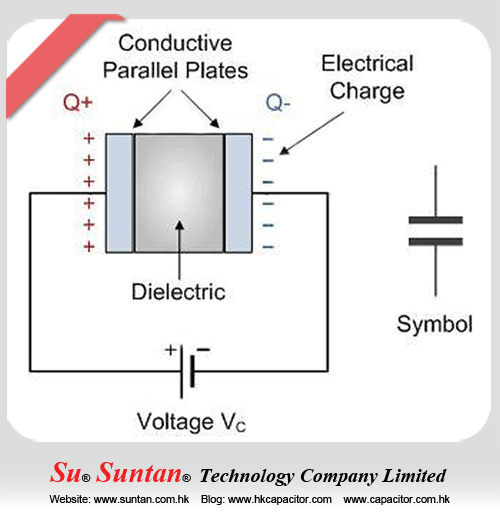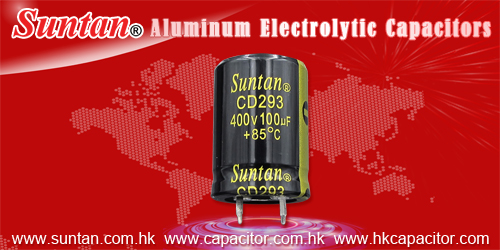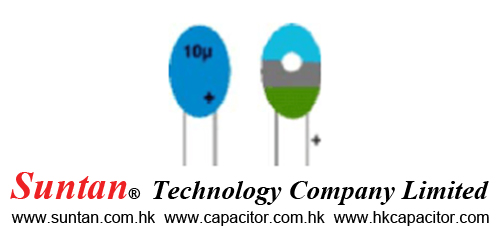Suntan Signs Franchise Agreement with Rapid Electronics for Components Distribution in UK
Suntan Technology Company Limited
---All Kinds of Capacitors
Suntan Technology and Rapid Electronics are delighted to announce a new partnership, which will see Rapid become a franchised distributor for Suntan’s extensive range of potentiometers, capacitors, varistors and diodes.
Rapid is one of the UK’s leading distributors of electronic components, cables and connectors, electrical products, parts and spares for high volume and bespoke industrial customers. Rapid will stock a comprehensive range of our components, with non-stock parts available on short lead times and the complete Suntan portfolio accessible on a high or low volume basis.
Richard Abbot of Rapid Electronics, said: “I am delighted to have signed this agreement with Suntan. We look forward to making Suntan’s high quality ranges available to Rapid customers, and working closely with Suntan over the coming months and years to deliver high service levels and competitive pricing on all Suntan components to our customers”.
For more information about our distributor Rapid Electronics visit www.rapidonline.com
